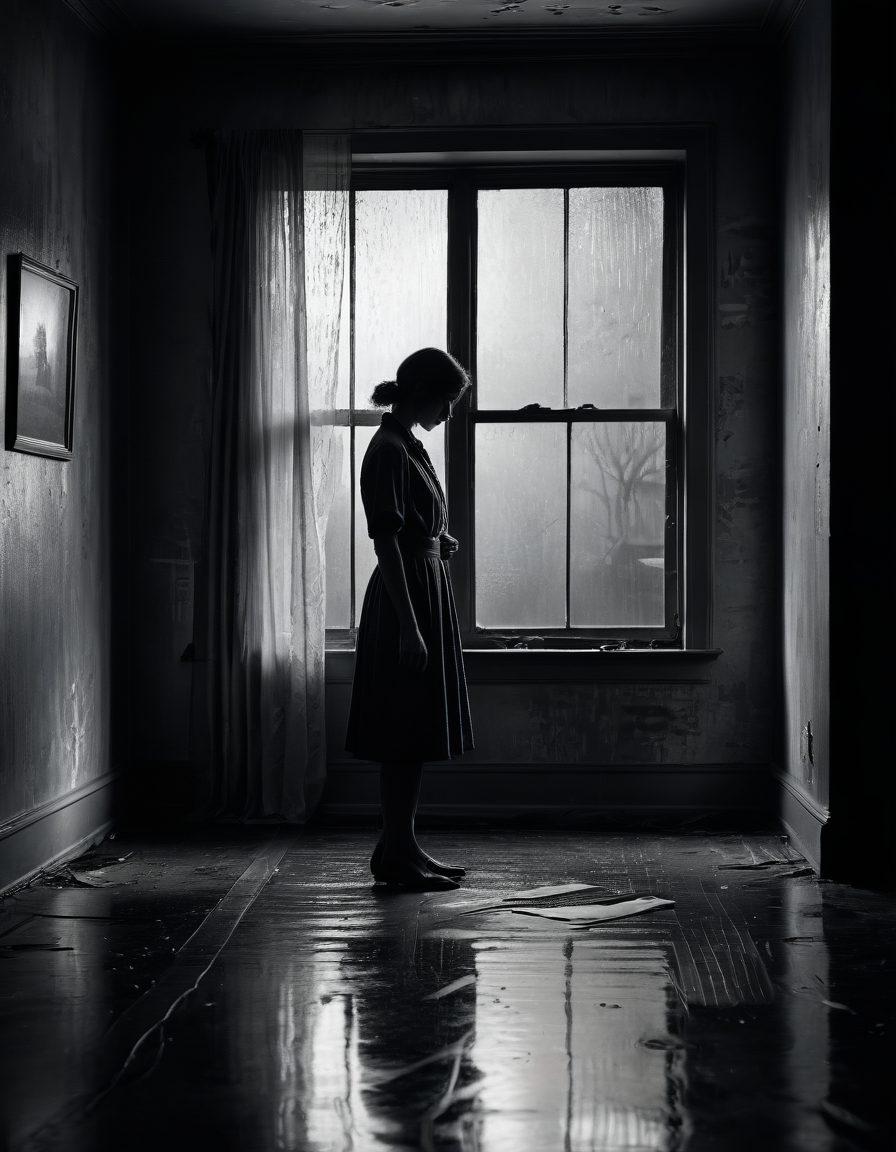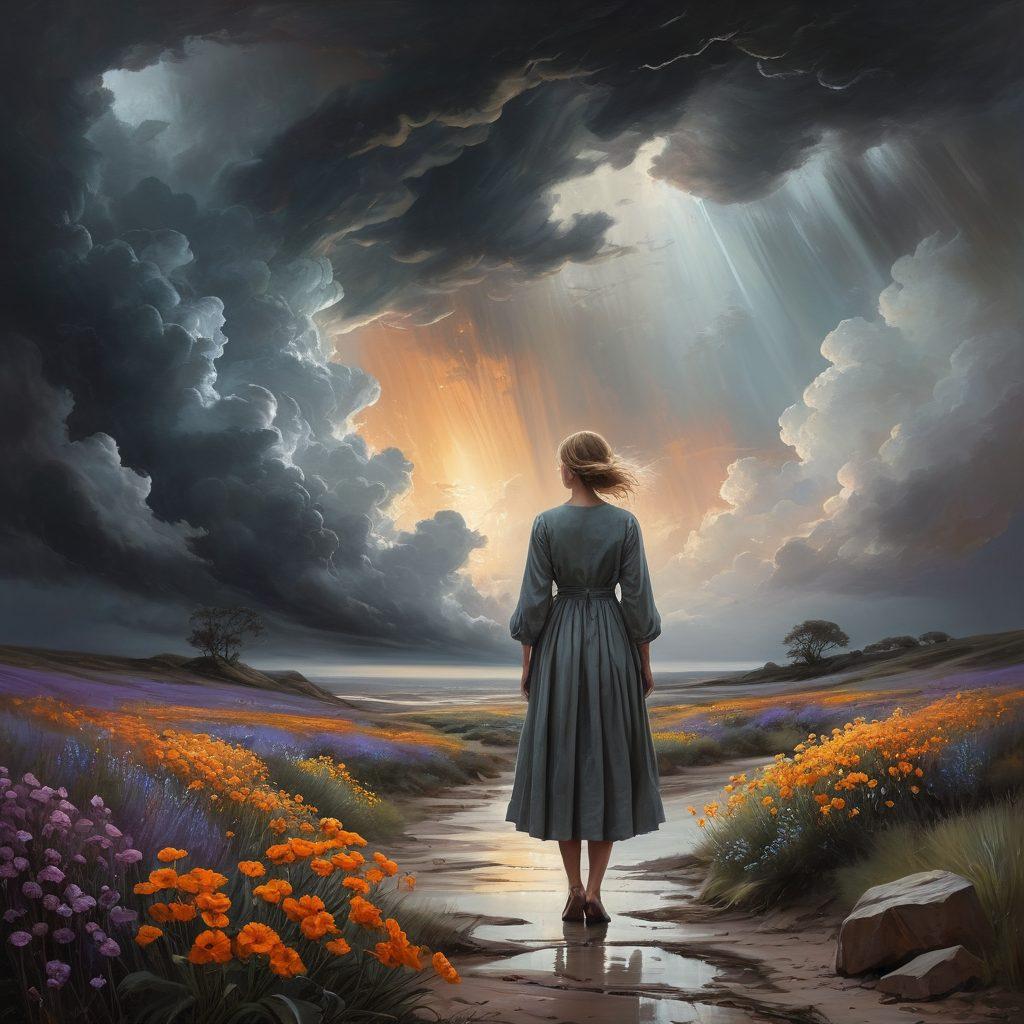Capturing Melancholy: The Art of Sorrowful Photography
In the world of photography, emotions can speak louder than words. When we think about capturing feelings, words like 'sorrowful,' 'melancholy,' and 'unhappy' might come to mind. These emotions possess a unique beauty, often leading us to reflect on our own experiences and the stories they tell. Imagine for a moment, a picture of a lonely street under a gray, overcast sky, the pavement slick with rain—the kind of image that instantly makes your heart ache, pulling you into an emotional landscape. How might the careful selection of subject, light, and shadow give weight to sorrowful photography? That's the profound magic we explore here.
Venturing into the depths of emotion through photography can transform a simple snapshot into a poignant narrative, each 'photo' serving as a canvas for our feelings. Have you ever paused to ponder the power of a 'visual' that conveys a sense of loss or longing? As aspiring photographers or enthusiasts, it's essential to understand that a dejected expression or a gloomy landscape can communicate more than joy ever could. When we embrace sorrowful photography, we make room for a different kind of story—a reflective journey that resonates with anyone who has felt dismal moments in life.
There’s something about a mournful landscape that invites the viewer to pause and engage. Picture a solitary figure walking through dense fog; this 'illustration' of loneliness beckons more questions than answers. What burdens haunt their heart? What memories linger in the shadows? Similarly, imagery that captures a wistful glance or a downcast gaze taps into universal experiences of grief and sorrow. Through sorrowful photography, we find that vulnerability reveals strength, and sadness becomes a bridge to empathy and understanding. This emotional depth is what sets apart art that is merely beautiful from art that is deeply moving and transformative.
Often, we shy away from emotions like sadness, deeming them uncomfortable or inappropriate to convey. Yet, photography allows us to explore these feelings without the need for words. An evocative 'picture' of a quiet, abandoned room filled with dust motes swirling through sunbeams sends a powerful message to the soul. It can evoke nostalgia for times past or loss of what could have been, challenging us to confront our own memories. The act of capturing these emotions not only aids the 'photographer' in personal growth but also allows viewers to acknowledge and embrace their own feelings of melancholy in a shared human experience.
As you embark on your journey into sorrowful photography, remember this: each image you create holds the power to connect. Think about the stories your images tell. Are they echoing feelings of being alone in a crowd? Are they reaching out to touch someone else’s hidden sorrow? In a world filled with vibrant visuals competing for attention, there's an undeniable strength in capturing moments of sadness—moments that remind us of our shared human condition. The art of sorrowful photography doesn’t just depict despair; it invites healing, understanding, and a deeper connection to the emotions that unite us all. So, grab your camera and start capturing!
From Gloom to Grace: Mastering the Art of Capturing Melancholy
There’s a haunting beauty in melancholy. It’s the bittersweet reminder that life isn’t always sunshine and rainbows; sometimes it’s just a downcast sky hanging heavy with clouds. Have you ever noticed how a gloomy day can evoke a sense of nostalgia, drawing you into a world of wistful reflection? In the realm of photography, capturing that feeling of sorrowfulness—the hallowed art of conveying emotions through images—takes skill and a dash of vulnerability. Let’s dive into how you can transition from the raw essence of dejection to the graceful portrayal of melancholy in your work as a photographer.
Every image tells a story, but not all stories are filled with exuberant joy. When you think of a gloomy landscape or a dismal street scene captured in a snapshot, does it feel less valuable than a vibrant portrait? Absolutely not! Embracing the art of sorrowful photography is about finding grace in despair, allowing the viewer to connect on a profound level. As you stand behind the camera, ask yourself: What do you want to say? Every shutter click can either amplify the feeling of sadness or provide a soothing remedy, turning dullness into a canvas for emotion and introspection.
Imagine wandering through a deserted street on a rainy day. The droplets bead along the window, and shadows create dramatic light play. The challenge is to capture that scene not just as a visual representation—but as a true illustration of a melancholy moment. The key lies in observing the world around you, recognizing those unhappy yet beautiful nuances. Whether it's an abandoned object or a lonely person sitting in a park, seek out the dejected elements that tell a deeper story. By doing so, you invoke that mournful energy into your captures, inviting your audience to experience your images emotionally, evoking sympathy, nostalgia, or even contemplation.
To master the art of capturing melancholy, experiment with lighting, composition, and subject matter. Think of using muted colors to help amplify the mood of the image. A photograph of a solitary figure against a backdrop of desaturated tones can evoke a sense of isolation or sorrow, whereas vibrant colors may undermine the melancholy ambience you want to convey. Remember, shadows are as powerful as light; they instill a gloominess that can elevate the emotional weight of the scene. The photos you take are not just visual representations, but reflections of human experience—it’s about portraying feelings that resonate with each observer.
As you dive deeper into this unique genre of photography, consider the stories behind the images. What were the thoughts of the subjects captured in that dismal moment? How does their despair or wistfulness reflect in their body language? Every photograph can challenge perceptions, stirring an emotional response that speaks universally. By framing a moment that many might ignore, you create photogenic stories that reverberate with the essence of sorrow, transforming your images into powerful, evocative art pieces. Grab your camera and venture out—find the beauty in the gloomy.
Visual Chronicles of Wistfulness: A Deep Dive into Dismal Imagery
There is something hauntingly beautiful about sorrowful photography. It evokes a sense of longing, a whisper of emotions that settle deep within us. Each frame captures a feeling that resonates with our shared human experience. The art of creating visual chronicles of wistfulness, encapsulating the essence of melancholy, offers a unique avenue for both photographers and viewers to explore feelings that sometimes linger in shadows, yet demand our attention. Could it be that amidst the gloom, we find clarity?
Imagine walking through a rain-drenched street, where the world seems painted in shades of gray, and each droplet mirrors our inner turmoil. This is the essence of dismal imagery—where sadness meets beauty. Photographers often employ this concept to tell stories through their snapshots. Each picture can serve as a poignant illustration of feelings we often suppress. So, how can we appreciate the notion of being dejected yet still find resonance in a photograph captured in such dim light?
One notable technique in sorrowful photography is the use of natural light, typically to evoke deeper emotions. The dim lighting can enhance the feeling of gloom, creating a canvas on which tales of depression unfold. Are not the most powerful images often those that embrace the somber elements of life? Faded colors, blurred edges, and heavy shadows can lead us into a reflection on our own experiences of loss and longing, as well as a connection to the artist’s perspective.
Quotes from renowned photographers often remind us of the importance of capturing these indescribable emotions: 'Photography is the story I fail to put into words,' said Destin Sparks. Isn’t that the truth? Sorrowful photography allows us to explore narratives about happiness and unhappiness, prompting us to confront our own downcast thoughts. It beckons us to consider the often overlooked aspects of existence—that with each image, there lies a hidden story waiting to be internalized and understood.
For any budding photographer eager to delve into the realm of melancholy, the key is intention. What story do you wish to tell with your images? Wistfulness can be captured through various elements—empty streets, solitary figures, or even nature's decay. By exploring the art of capturing sorrowful photography, you not only reveal the beauty in desolation, but you also invite viewers into a shared moment of vulnerability and reflection. The next time you snap a photograph, remember that every gloomy picture has the potential to tell a story far beyond its frame.


